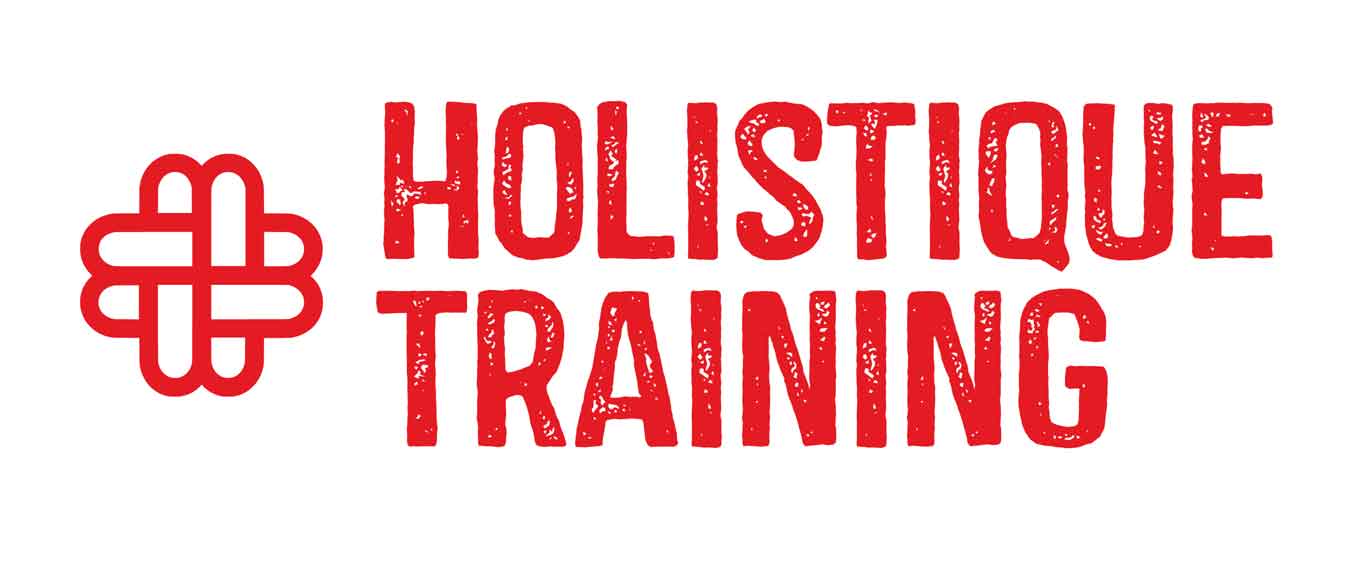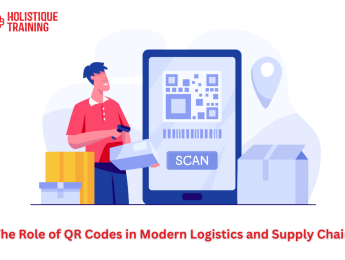Introduction
Logistics and supply chain management are crucial elements for businesses. They have a direct impact on a business's efficiency and profitability. However, logistics and supply chain come at a significant operational cost for businesses.
Many of the businesses are reducing this cost by leveraging tools powered by modern technology. But the price is not the only factor. Technology also helps them streamline operations and keep things transparent.
Among the technology-powered tools, one that is commonly used by most businesses nowadays is QR codes. They help companies improve their supply chain and logistics workflow. Want to know how? Then read on, as you are about to learn the role of QR codes in logistics and supply chain management.
However, before starting, if you are a student or professional interested in pursuing a career in logistics and supply chain management, check out our courses on Logistics & Supply Chain .
What Role Do QR Codes Play in Logistics and Supply Chain?
QR full form (Quick Response), a two-dimensional barcode in which information can be embedded in the form of URLs, Text, Images, etc. Depending on their type, they can be both trackable and non-trackable.
Businesses use them as an alternative to traditional 1D barcodes. Why? Because they can be easily generated using a QR code generator and for free.
Moreover, to interpret the information embedded inside them, no particular external device is needed. One can simply use an online QR code scanner to get the info embedded inside.
Below is how QR codes are helping businesses with logistics and supply chain.
Inventory Management
Keeping track of their inventories is one of the crucial things for businesses. And this thing starts feeling so hectic when everything is to be done manually. For example, companies have to dedicate personnel to check what remains in the inventory and update them accordingly in their systems.
However, now there are QR codes, particularly dynamic ones that can be integrated into inventory management systems. The good thing about them is that they allow for real-time tracking.
As an example:
If a product enters or leaves the warehouse, employees can access its status in the inventory system just by scanning a QR code on its packaging. This will allow them to update the status of that item in real-time, saving a lot of time required for manual entries in the system.
Real Time Tracking
For businesses, maintaining visibility of their assets is another essential yet challenging task. These involve receiving some items at the warehouse, products in transit, or delivering a final product to customers. This is where QR codes help businesses with real-time tracking of their assets.
Business print QR codes on packagings, pallets, or shipments. These codes, when scanned by dedicated personnel, provide an update on the status of their product/shipment.
For example, whenever a QR code is scanned at a particular location, its location, time, and employee name can be automatically logged into the system.
This helps supply chain managers monitor the movement of goods in real-time, identify delays early, and respond quickly to disruptions.
Product Authentication and Anti-Counterfeiting
Counterfeit goods pose serious risks to bright businesses and customers alike. Fake items under a business name not only destroy its reputation but also result in revenue loss. We have observed that many businesses now use QR codes as their line of defense.
They print QR codes on their products or their packagings, unique to each one. Inside the code, they embed a link to the secure database having all the information about the product, like:
- Origin information
- Warranty status
- Certification or compliance data
- What ingredients does it involve?
- What batch number does it belong to?
- What’s the expiry date, etc, etc.
By scanning the QR code, stakeholders (warehouse staff, distributor, retailer) can validate the product’s journey. This will help ensure that the product has not been tampered with or replaced.
Better Customer Experience and Engagement
Providing a better customer experience and boosting engagement is what every business logistics and supply chain strives for. However, for betterment, customer feedback is necessary. Many companies now use QR codes to collect feedback from their customers.
They print QR codes on their product packaging that are being delivered to the customers. Inside these codes is a feedback form embedded that customers can access with a simple scan, allowing them to submit their feedback accordingly.
Conclusion
QR codes are beneficial for businesses in terms of logistics and supply chain management. Using them, companies can streamline many of their operational tasks.
For example, using a QR code, they can track the location of their assets. They can use them to collect feedback from their customers, enabling them to implement improvements in their supply chain process. Moreover, QR codes also aid in product authentication and anti-counterfeiting.
Those mentioned above are only a few examples of their applications. Many businesses are using them in unique and different ways to streamline their day-to-day operations, which not only helps them reduce paper clutter but also lowers costs.





















